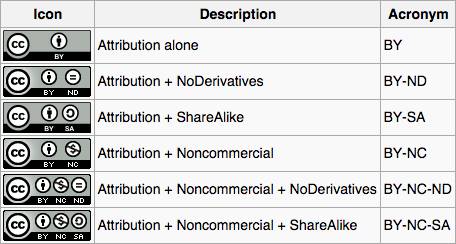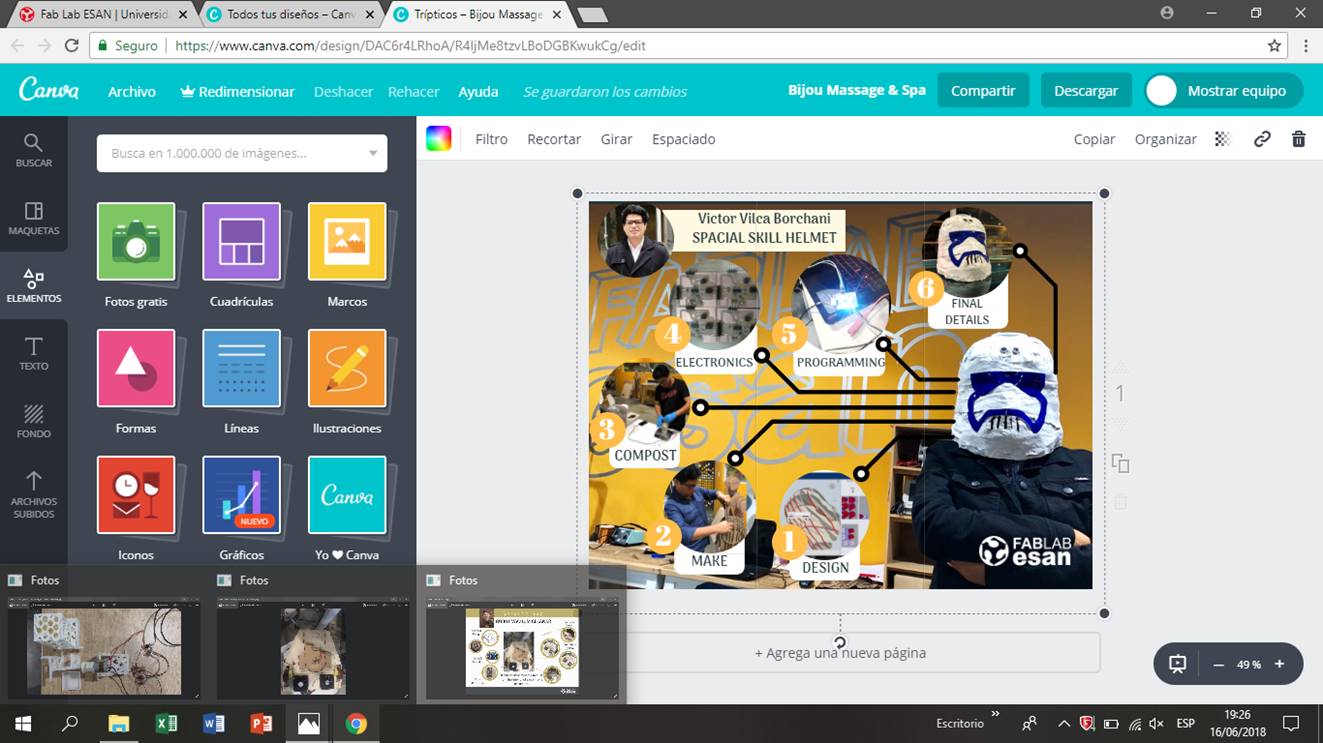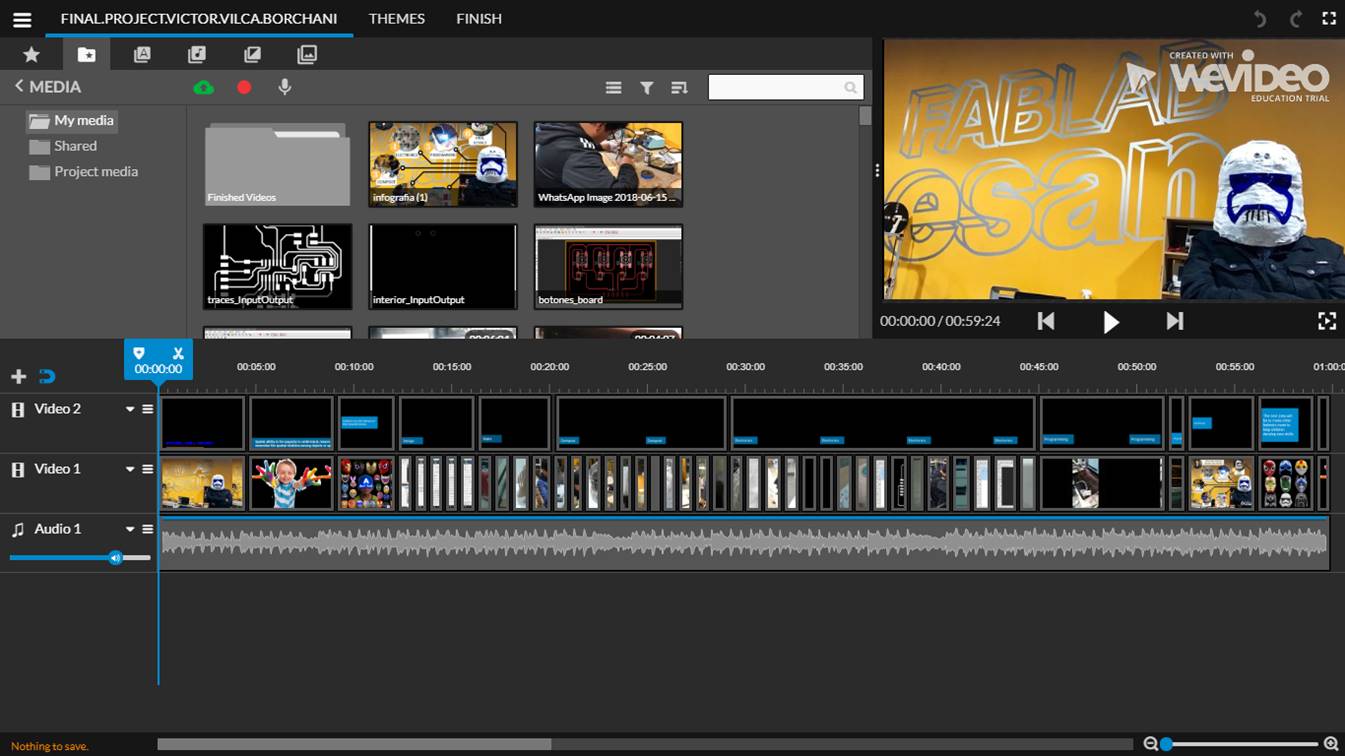Assignment 19: Invention, Intellectual Property, and Income
Develop a plan for dissemination of your final project.
Learning outcomes:
- Dissemination plan and formulate future opportunities
1. Choosing a license.
For my final project I will choose an open source license that will be an open modality that can allow anyone to use, reproduce and disseminate the project including the designs, the code, the electronics and the manufacturing techniques. I have no interest in obtaining economic benefits for the work in the final project or for the work done in the assignments of the Fab Academy, my interest is to learn new ways to make prototypes and disseminate what I have learned. I would like this and other future derivative projects to benefit as many people as possible.
I read about the types of licensing in the Fab Aacademy documentation and I think the licenses that can best adapt to my requirements with Creative Commons licenses.
Types of Creative Commons licenses:
Attribution
Users can mix, transform and create from the content of our publication, even for commercial purposes.
Attribution-NonCommercial
Users can mix, transform and create from the content of our publication for non-commercial purposes, under the condition that any work derived from the original publication is distributed under the same license.
Attribution-NoDerivatives
Users can distribute our publication for commercial and non-commercial purposes.
Attribution-NonCommercial-NoDerivatives.
Users can download our publication and share it with others, but they are not authorized to modify its content in any way or to use it for commercial purposes.
The type of Creative Commons license that I will choose for the dissemination of this project and future similar projects will be: Attribution-NonCommercial.
2. Draft of summary slide.
I prepared the draft of my summary slide using the Canva program. Canva is an online program that allows you to design several types of graphic organizers in a practical and simple way.
The draft of my summary slide shows the construction process of the "Spacial Skill Helmet". The process of construction was divided into five steps: design, make, compost, electronics, programming and final details.
3. Draft of summary video.
To make the video I used the program wevideo. Wevideo is an online program that serves to edit short videos, has tools similar to other publishers such as Windows Movie Maker, Sony Vegas or iMovie.
In the video I inserted some images, texts, audios and video sequences that explain quickly how the final project was prepared.
Video features:
Format: mp4.
Resolution: 720 pixels.
Duration: 60 seconds.
Size: 9.85 MB
Creation date: June 15, 2018.
4. Future plans with the project.
In the near future, other helmets could be built with other structures and other functionalities that can help children develop other cognitive skills. For this it is necessary to perfect the designs and the electronics in order to make the helmets more functional and fun for children from 3 to 5 years old.
All designs, the manufacturing process, electronic cards and documentation will be available to schools, families, children, adults, teachers, students and any organization or person in general who want to use and improve it.
Another way to share the project would be to develop small kits that can be assembled according to simple instructions. These kits could be distributed directly to children between 3 to 5 years. To manufacture the pieces, it is necessary to produce them in series. For this it would be necessary to obtain financing from a charity.


